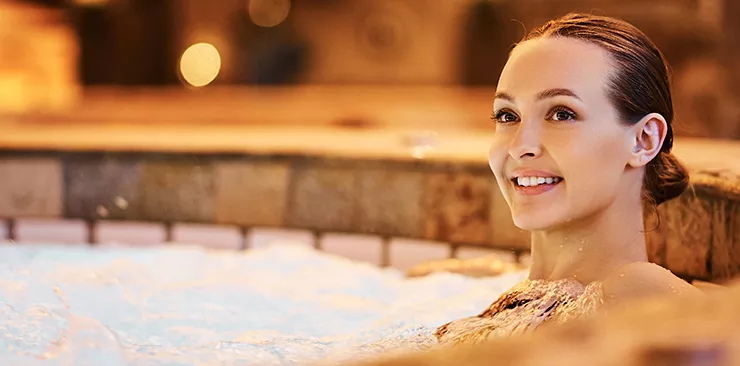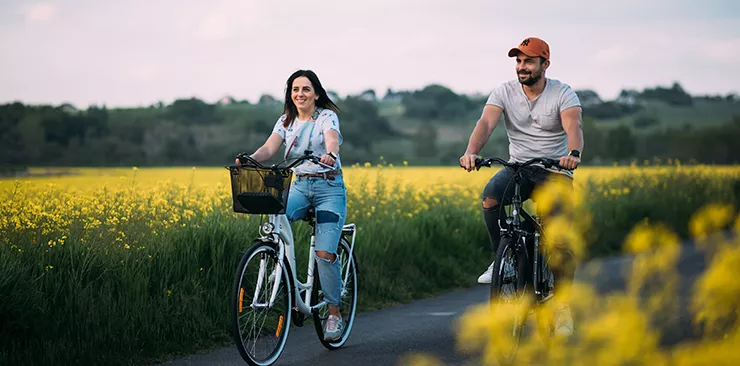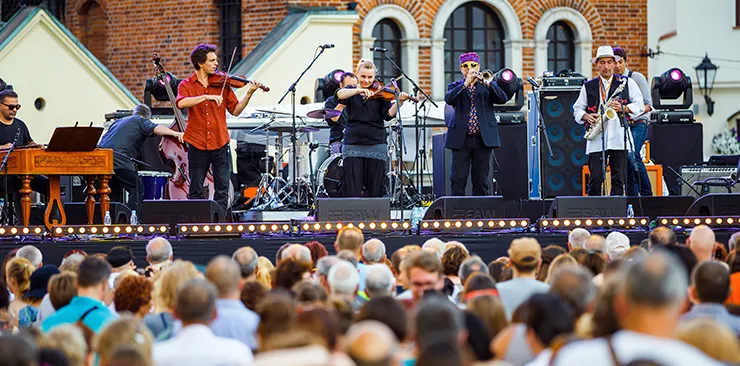




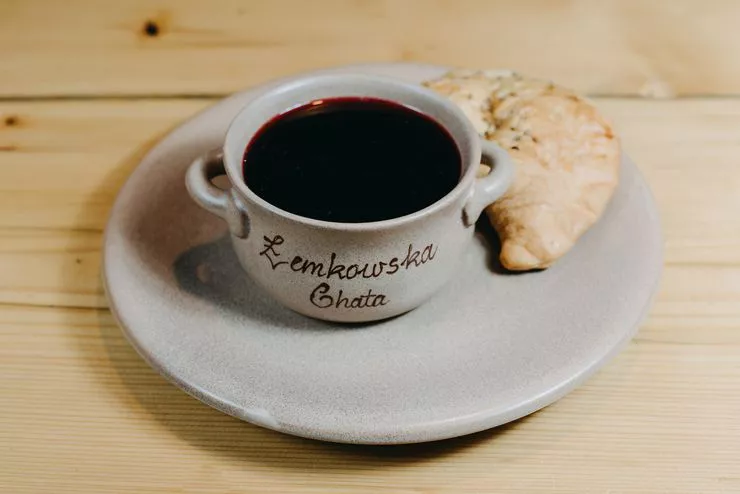
Where Saffron Milk Caps are Served on Wild Tables.
Małopolska, today and historically, has been a meeting place for cultures, peoples, and nations – a borderland region with supreme ethnic vibrancy and cultural diversity. Even with much of the ethnic diversity lost in the turmoil of history, Małopolska has remained a cultural melting pot, where the traditions of numerous national, ethnic, and religious minorities make up the colourful and intriguing landscape of the region. An important part of that kaleidoscope have been Lemkos.
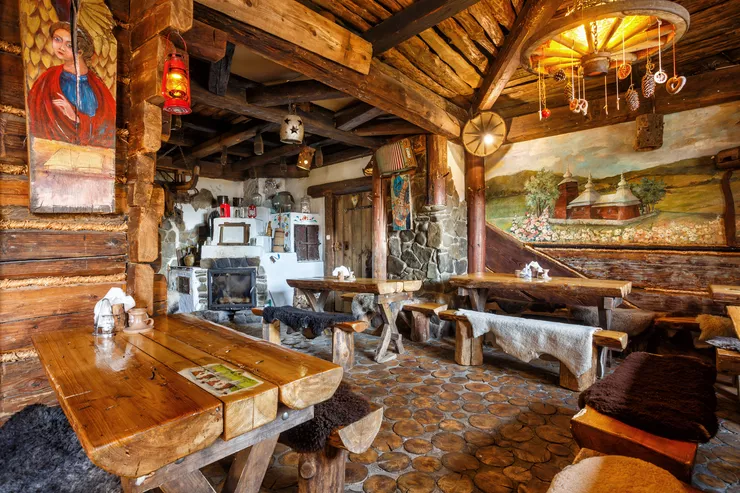
Małopolska, like most of the northern foothills of the Carpathian Mountains, has been home to Lemkos: an ethnic group speaking a dialect of Rusyn, a language related to Ukrainian. Other than language, the Lemkos, often identifying themselves as Rusyns or Carpatho-Rusyns, also boast a distinct culture and, alas, a very troubled history. In the 1940s, in the wake of the Soviet-led Operation Vistula, several ethnicities living in the eastern part of Małopolska, particularly, in the Beskid Niski Mountains, were forcibly relocated, stripping the area of the people to whom it owed its rich culture.
Most prominent among the remains of the Lemkovyna – the land of the Lemkos – are the beautiful wooden churches (tserkvas) recognised World Heritage by UNESCO. The most ancient and magnificent of them stand in Owczary (early 17th c.). Kwiatoń, Brunary, and Uście Gorlickie. Although at least fifty villages were razed to the ground, some vernacular architecture can still be seen in some Lemko villages, notably in Bartne. Seventy-five years after their great tragedy, the Lemkos are making a proud return to their native land, reviving their customs, and eagerly sharing them with the world during such festivals and festivities as Łemkowska Watra, the International Biennial of Lemko/Rusyn Culture in Krynica Zdrój.
Cuisine is a very important part of the Lemko/Rusyn cultural revival. The fare of these highlanders farming hardly fertile land and grazing sheep and goats was, for obvious reasons, simple and basic. The greater is the appreciation they deserve for turning rye and oat flour, linseed, buckwheat, cabbage, onion, as well as seasonal fruits and assorted forest mushrooms and berries into dishes praised by today’s gastronomes. A great choice of such dishes awaits you at Gościnna Chata in Wysowa Zdrój, Karczma Huculanka in Regietów, Karczma Łemkowska Kłyniec in Krynica Zdrój, and – away from the Lemko lands – in Gościnna Chata Restaurant in Kraków’s city centre. There are many epicurean events extolling Lemko cuisine, with Dzikie Stoły – Wild Tables organised twice a year by a local association, and Święto Rydza – the Saffron Milk Cap Festivity being perhaps the best known.
What else is there to be seen, tasted and admired? Come and find for yourself! Great impressions guaranteed.
Krynica Zdrój, the “queen of Małopolska spas” was home to Epifaniy Drovnyak, a self-taught Polish painter of Lemko origin, who styled himself as Nikifor Krynicki. Nikifor is well remembered for his unique and distinctive naïve style, and originals of his works, often in crayon on a sheet torn from a notebook, are coveted by collectors.
Perusing Lemko menus, make sure to enquire about adzymka (traditional Lemko flatbread without kvasok – the bread starter), mastylo, homilki, kiselytsia, perohy, and all the assorted mushroom dishes.

